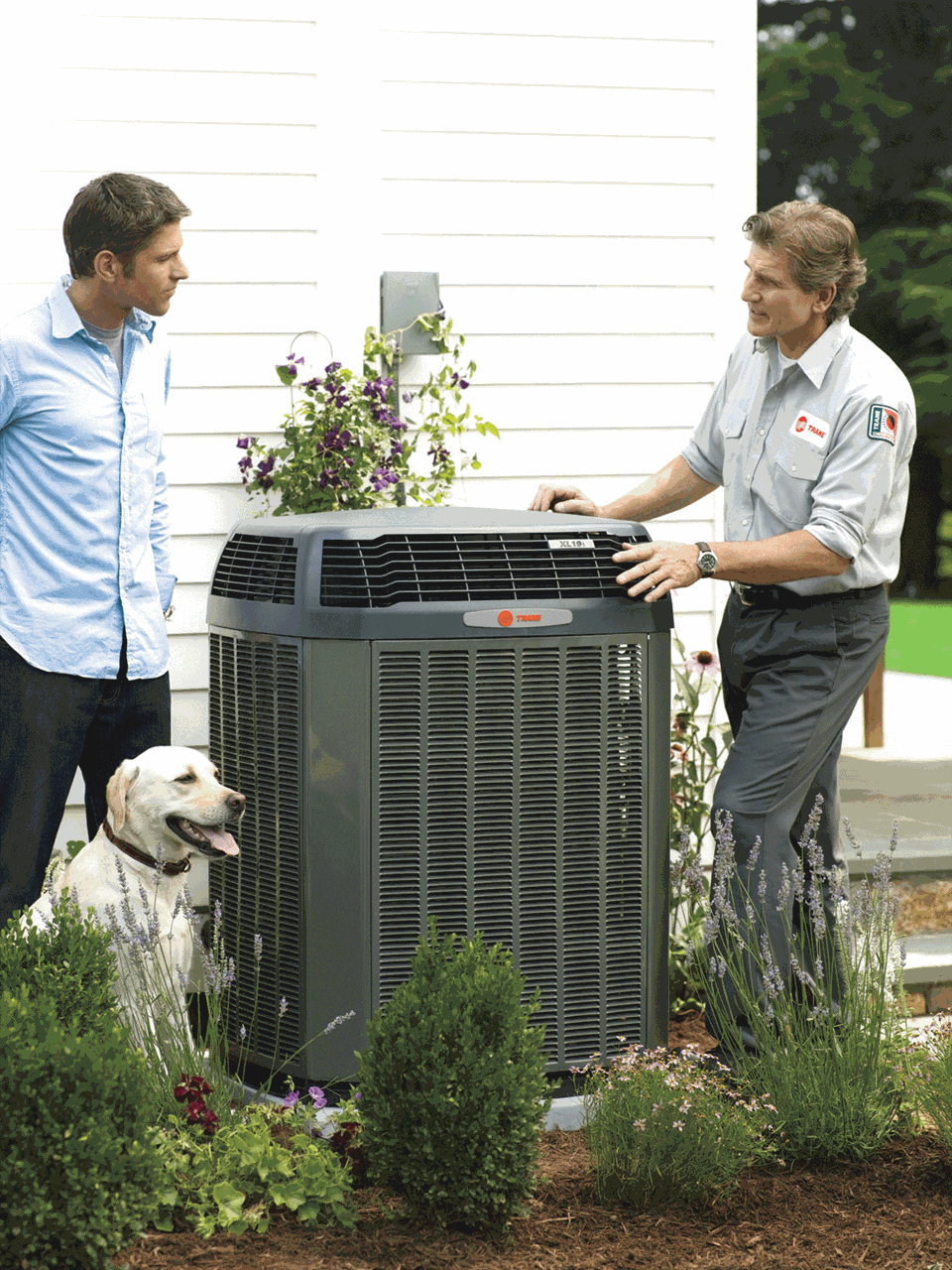Consumer Information
 Excessive heat is the primary weather-related cause of death in the United States, and those most affected by the heat tend to be the elderly and the very young, usually in urban centers. Mortality rates have reduced significantly over the years however due in part to the widespread availability of air-conditioning. Fortunately, air-conditioning now permeates many businesses, automobiles and households offering welcome relief from rising temperatures.
Excessive heat is the primary weather-related cause of death in the United States, and those most affected by the heat tend to be the elderly and the very young, usually in urban centers. Mortality rates have reduced significantly over the years however due in part to the widespread availability of air-conditioning. Fortunately, air-conditioning now permeates many businesses, automobiles and households offering welcome relief from rising temperatures.
Safety, Standards and Regulations
Some of the concerns involving air-conditioning, particularly for homeowners, are expense, energy usage levels and air quality. Advancing technology and the introduction of new standards and regulations are helping to ensure that air-conditioning equipment evolves into a safer, more efficient, more affordable and environmentally friendly commodity.
Air-conditioner efficiency is calculated by dividing the cooling capacity (BTU/h or output) of a continuously operating unit by the electricity power consumed (WATTs or input) during that same period. For room air-conditioners the result is referred to as the Energy Efficiency Ratio, or EER; for central air-conditioners it is called the Seasonal Energy Efficiency Ratio, or SEER. These ratings can be found on the Energy Label that must be noticeably attached to all new air conditioners.
Why is an EER or SEER rating important? Basically, the higher the EER or SEER the less electricity the equipment uses making it more energy efficient and adding to cool savings on consumers utility bills. Generally, air-conditioners with higher efficiency ratings are more expensive but the higher initial cost is offset over time by the savings received.
The U.S. Department of Energy (DOE) has made the industry standard minimum efficiency level 13 SEER for residential central air conditioners. This standard, effective January 2006, increased the SEER standard of many currently installed models by 30 percent. The widespread usage of SEER 13 or higher air-conditioners will also contribute to lower peak electricity demand during the summer months, which can represent as much as 70% of peak demand in some states.
Consumer Confidence
How can the consumer be confident that the air-conditioner is compliant with the stated standard rating? The Association of Home Appliance Manufacturers (AHAM) tests and certifies home appliances such as room air-conditioners. AHAM uses an independent lab and a standardized test known as the AHAM/ANSI RAC-1, to test the actual cooling capacity of the unit. Once the product has proved to be compliant with the stated standards the AHAM seal may be used on the product. The seal assures consumers that the product will perform to the SEER or EER rating that the manufacturer has stipulated. Please visit http://www.aham.org/ for additional information.

